Agriculture and Farming Safety
Farming and Agriculture Safety Overview
Agriculture is one of the most dangerous industries to work in due to the wide variety and combination of hazards. Agriculture also involves a wide range of different types of machinery, animals, plants and products, working in both indoor and outdoor environments under widely varying geographic and climatic conditions.
Good safety practices can be the difference between a successful and rewarding business and a disaster.
More than a third of the world’s labour force employed in the Farming and Agriculture industry. While many agricultural businesses are highly mechanised and operate on a large scale, others are very labour-intensive.
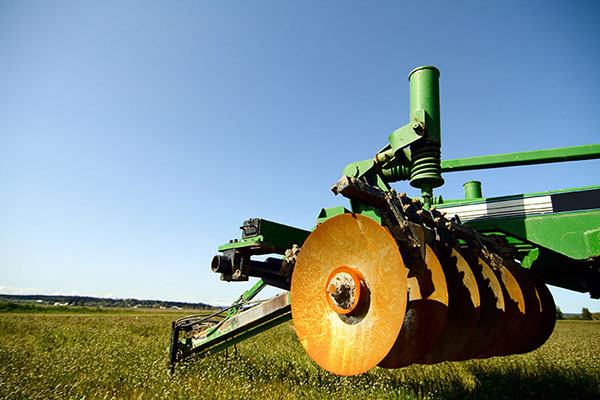
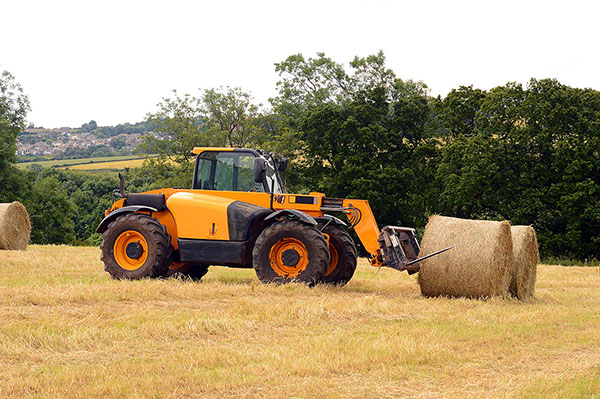
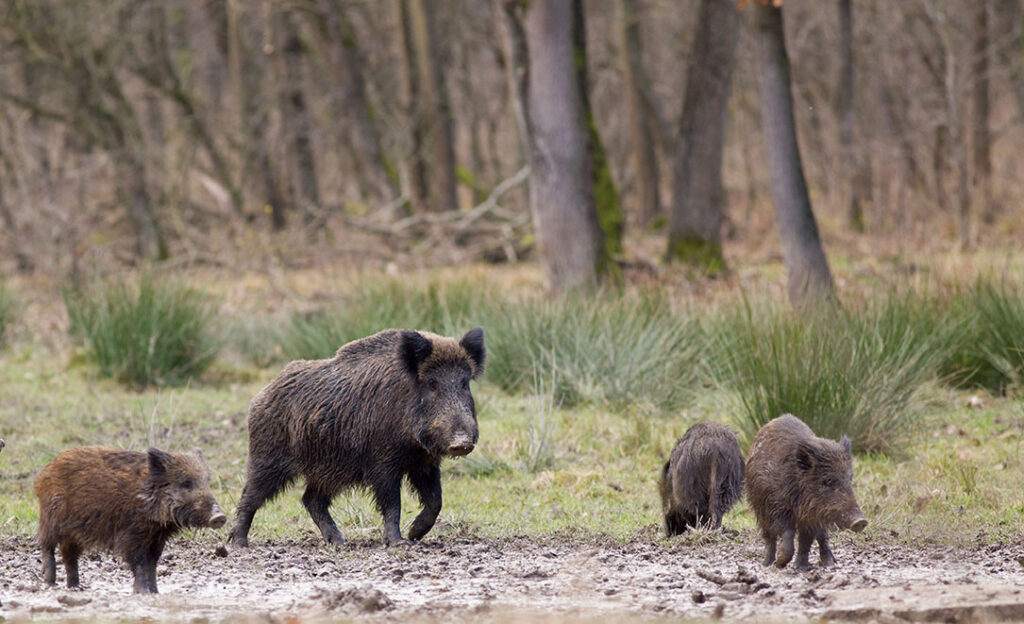
A variety of Hazards
Agriculture is in fact one of the most hazardous of all industries and many agricultural workers suffer occupational accidents and ill health each year. Farm workers often work alone or working in isolation. Help or first aid isn’t always nearby if an incident occurs
Some of the common hazards include:
- farms may be remote, without mobile phone coverage
- exposure to excessive noise and vibration
- extreme weather conditions
- operating machinery by themselves
- slips, trips and falls from heights
- attacks by wild animals
- lifting heavy weights and other work giving rise to musculoskeletal disorders
- exposure to dust and other organic substances,
- exposure chemicals, and infectious agents, pesticides, herbicides and fertilizers
- being struck by an animal (usually cattle)
- falling from a horse
- accidents from operating motor bikes and quad bikes
- eye injuries
- physical overexertion
A Safe Work Method Statement (SWMS) is a good way to identify hazards and ways to control them
The basic element of a SWMS are three things:
- Job Step
- What are you going to do
- Potential Hazard
- What can go wrong
- Hazard control measure
- What are you going to do to make sure it doesn’t go wrong
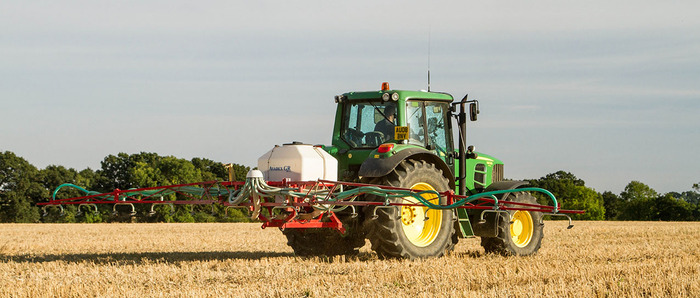
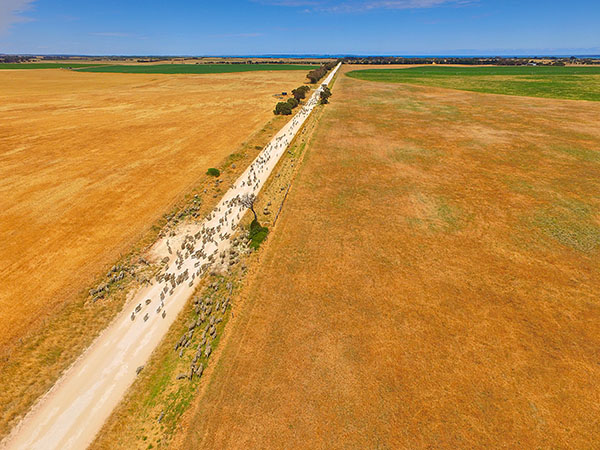
What is a rural workplace?
A rural workplace is a place where primary production and land management is carried out including:
- cultivating and harvesting agricultural crops or products, whether grown for food or not
- rearing and managing livestock
- shearing, skirting, classing, scouring, sorting or pressing of wool
- aquaculture
- feral animal and weed control
- horticulture or amenity horticulture, and
- clearing, fencing, trenching, establishing farm infrastructure, draining or otherwise preparing land for a purpose identified above.
It is a workplace even when work is not being actively carried out. People who live at the rural workplace including children and other family members and visitors who might be around plant are owed a duty of care by the person who conducts the business or undertaking.
An accidental shooting can be deadly!
- Treat every firearm as if it is loaded.
- Your firearm is your responsibility.
- Always ensure your firing zone is clear and identify your target beyond all doubt.
- Never point a firearm at or near another person.
- Never load a firearm until you are ready to shoot.
- Keep your finger off the trigger until you are ready to shoot.
- When you have finished shooting remove the magazine (if fitted), unload and then check that the chamber is empty.
- Make sure that all firearms are transported securely to prevent misuse or theft.
- Never allow unauthorised access to your firearm(s) or ammunition.
- Do not climb fences or obstacles with loaded firearms.
- Encourage safe and responsible handling of firearms in the field, on the range, and within the community.
- Never mix shooting with alcohol or drugs.
- Understand the operation of your firearm, keep it in good repair, and always use the correct ammunition.
- Never store firearms and ammunition together. Ensure they are safely locked away when not in use.
- Be familiar with the legal requirements for safe storage, firearms ownership, possession and use in your state or territory, or in the state or territory you are visiting.
- Dispose of unwanted firearms lawfully. Surrender them to the police or sell them to or through a licensed dealer.
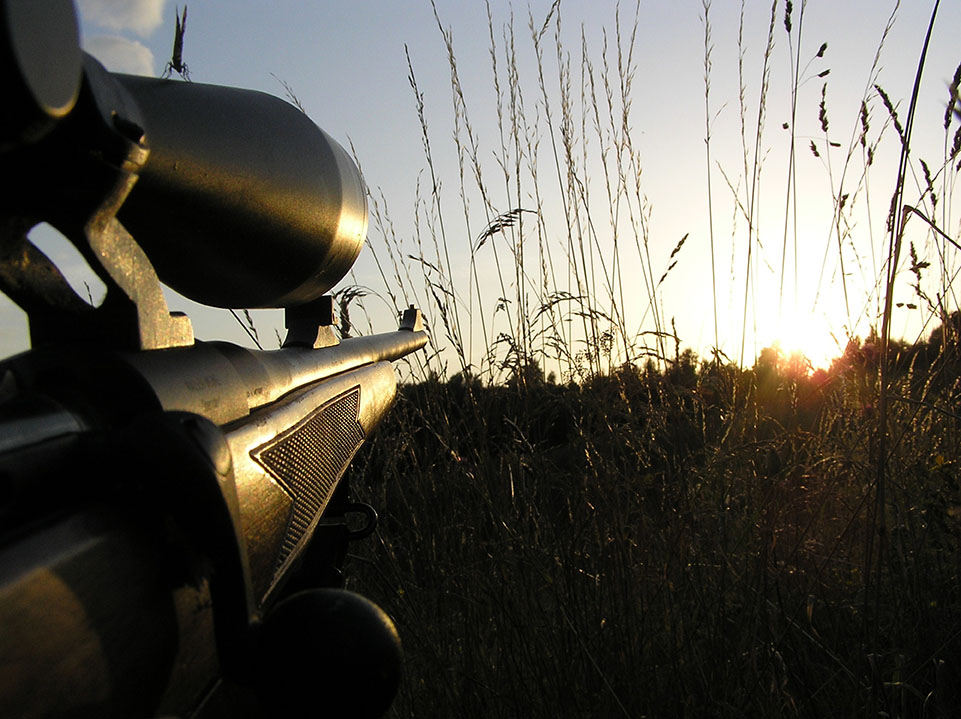
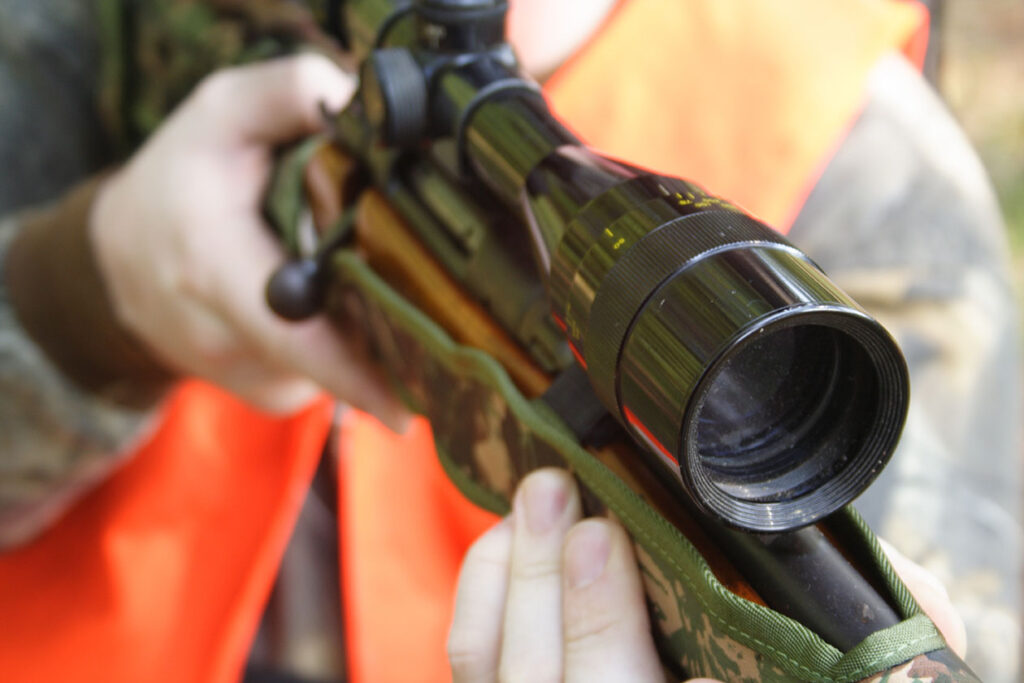
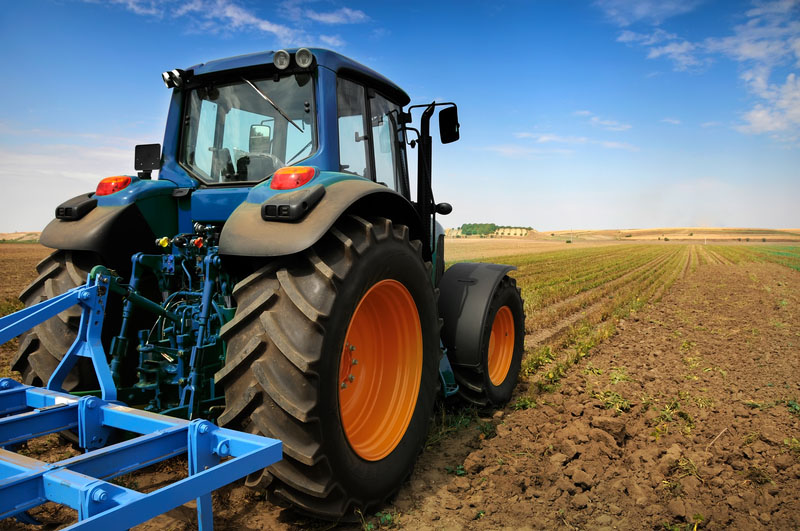
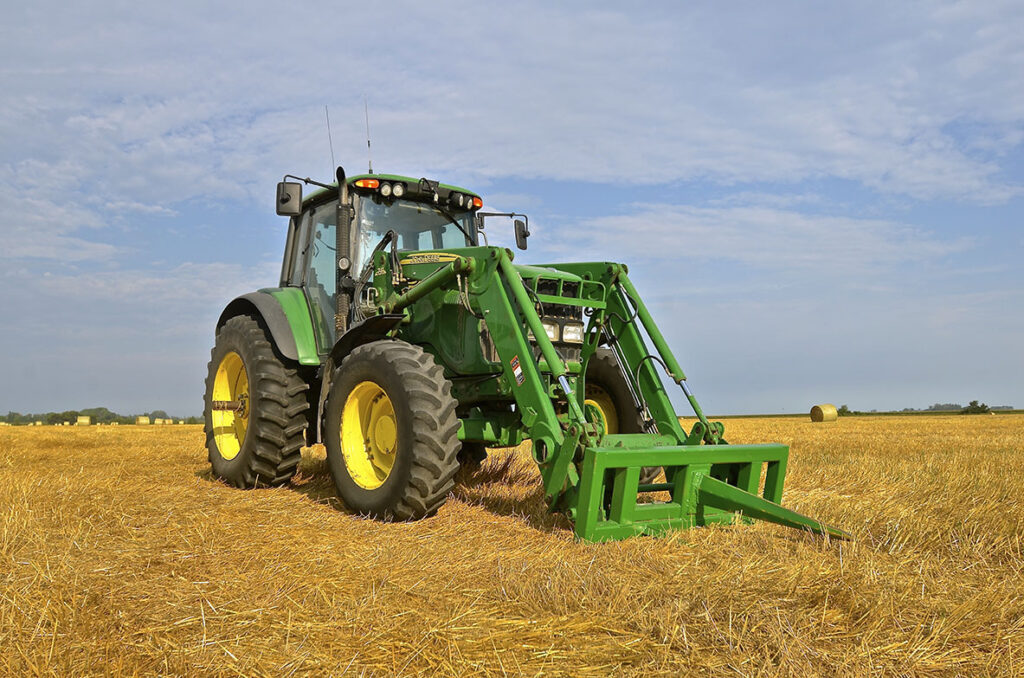
Farm tractors are the most important piece of power equipment used in agriculture
Tractors are associated with a major proportion of injuries and deaths in agricultural production and maintenance, especially in rollover and run over incidents.
Older tractors warrant special attention as they are often not fitted with up-to-date safety equipment, such as rollover protective structures (ROPS) and seat belts.
Tractor access steps prevent the operator falling and being run over by the tractor rear wheel or implement.
Essential Tractor Safety Elements include:
- All tractors should be fitted with an approved Roll Over Protective Structure (ROPS) or cabin
- All tractors fitted with a front-end loader or forklift, must be fitted with a Falling Object Protection Structure (FOPS) or cabin
- All tractor Power Take-Off (PTO) drive shafts are fitted with an undamaged PTO guard
- Steps and handrails are undamaged and provide safe access
- Mufflers and exhaust systems function properly without leaks
- Brakes, handbrakes and clutches are adjusted and functioning
- Tractor tyres are in suitable condition, correctly inflated and ballasted
- Hydraulic hoses and couplings are not worn, split or leaking oil
- Electrical wiring and switches are in good working condition
- All switches (including ignition switches) are working
- A fire extinguisher is mounted on the tractor
- Windscreens and rear vision mirrors are undamaged
- protection from noise, vibration and sun exposure
Quad Bikes
Every year quad bikes are a major cause of death and serious injury in rural workplaces with many incidents associated with rollovers.
Quad bikes are the leading cause of accidental death and injury on farms.
Quad bikes are not All terrain Vehicles. They can easily roll over and cause fatal crush injuries, even when ridden by safety-conscious people.
Essential Quad Bike safety elements include:
- Undertake a registered quad bike training course
- Always wear an appropriate and properly fitting helmet when you are riding a quad bike.
- Ride at a safe speed
- Do not carry passengers
- Do not carry heavy loads or overload a quad bike
- Do not exceed towing limits
- Do not operate on rough terrain or slopes
- Do not operate while under the influence of drugs or alcohol
- Install a tested rollover or crush protection device
- Children under 16 should never ride adult sized quad bikes
- If your quad bike needs accessories, make sure to use the manufacturer’s equipment or their recommendations.
- Fit accessories properly. Don’t ‘customise’ the fit or you may compromise the quad bike’s stability.
- Keep the quad bike in good mechanical repair.
- Don’t ride in terrain beyond your riding ability.
- Perform a safety check each time before you ride.
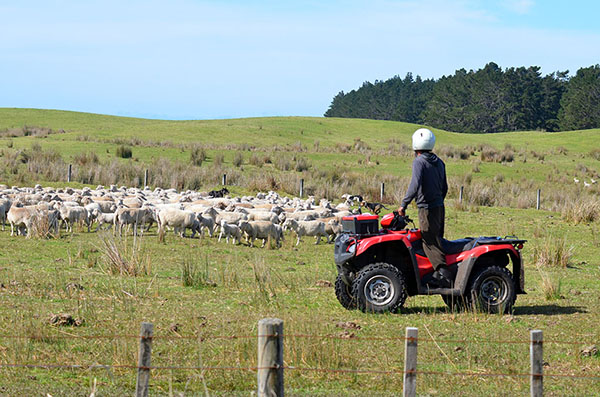
Work health and safety responsibilities
Farm owners and managers need to protect their workers.
Under the WHS Regulations, owners and managers need to make sure that workers and other people on the farm are not exposed to risks to their health and safety.
A person conducting a business or undertaking must ensure, so far as is reasonably practicable the provision and maintenance of safe systems of work.
The JSEAsy Premium Safety Software package is here to help you!
Safe work Method Statements (SWMS) – included!
Safe Operating Procedures (SOP) – included!
Safety Policies – included!
Safety Procedures – included!
Register and Inspection Forms – included
Job Related Safety Forms – included!
Employee details – included!

